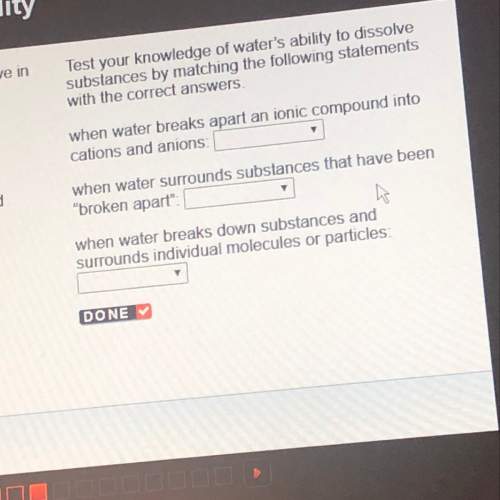
Chemistry, 22.08.2019 01:10 georgehall3027
The trans-alaska pipeline system (taps) carries around 100, 000 m3 of oil per day from the northern alaskan oil fields to the nearest ice-free port of valdez, around 1300 km away (wikipedia). the pipe has an outer diameter of 1.22 m and a wall thickness of 12 mm. eleven pumping stations are used along the total length of the pipeline to transport the oil. (a) starting from first principles, estimate the pressure increase that must be generated by each of the eleven pumping stations to maintain the flow ◆ (b) the rate that energy is dissipated d (w) by a fluid when it flows through a horizontal pipe under the influe nce of a pressure difference is given by where др is the difference in pressure between the inlet and outlet to the pipe (pa), and q is the volumetric flowrate through the pipe (m3/s). how much power (rate of energy use) is required to maintain the flowrate of oil through the entire pipeline? if oil is burned to power the pumps, and 3.6 x 104 mj of energy can be harnessed from burning 1 m3 of oil, what percentage of the total flowrate needs to be burnt to maintain the flow? hints: assume that the pumping stations are equally spaced along the pipeline, that the pipe is roughly straight and horizontal, and that the flow with the pipe is laminar, newtonian and steady-state. also assume that the pumps are 100% efficient so that all energy consumed by the pumps is dissipated by the fluid. the density and kinematic viscosity of the oil are p 890 kg/m3 and v 7.17 x 10-4 m2/s, respectively

Answers: 1


Another question on Chemistry


Chemistry, 22.06.2019 05:50
Significant figures are digits read directly from the measuring instrument plus one more digit, which is __ by the observer.
Answers: 2

Chemistry, 22.06.2019 06:40
Three alkali metals in group 1 are a. calcium, strontium, barium b. boron, aluminum, gallium c. sodium, potassium, rubidium d. fluorine, iodine, chlorine
Answers: 1

Chemistry, 22.06.2019 10:00
The reactions shown here can be combined to make the overall reaction c(s) + h2o(g) ⇌ co(g) + h2(g) by reversing some and/or dividing all the coefficients by a number. a. c(s) + o2(g) → co2(g) k=1.363×10^69 b. 2 h2(g) + o2(g) → 2 h2o(g) k=1.389×10^80 c. 2co(g) + o2 (g) → 2 co2(g) k=1.477×10^90
Answers: 1
You know the right answer?
The trans-alaska pipeline system (taps) carries around 100, 000 m3 of oil per day from the northern...
Questions

Geography, 12.02.2021 21:10



English, 12.02.2021 21:10


Mathematics, 12.02.2021 21:10



Mathematics, 12.02.2021 21:10

Computers and Technology, 12.02.2021 21:10

Mathematics, 12.02.2021 21:10


Mathematics, 12.02.2021 21:10

Mathematics, 12.02.2021 21:10

History, 12.02.2021 21:10

English, 12.02.2021 21:10

Mathematics, 12.02.2021 21:10






